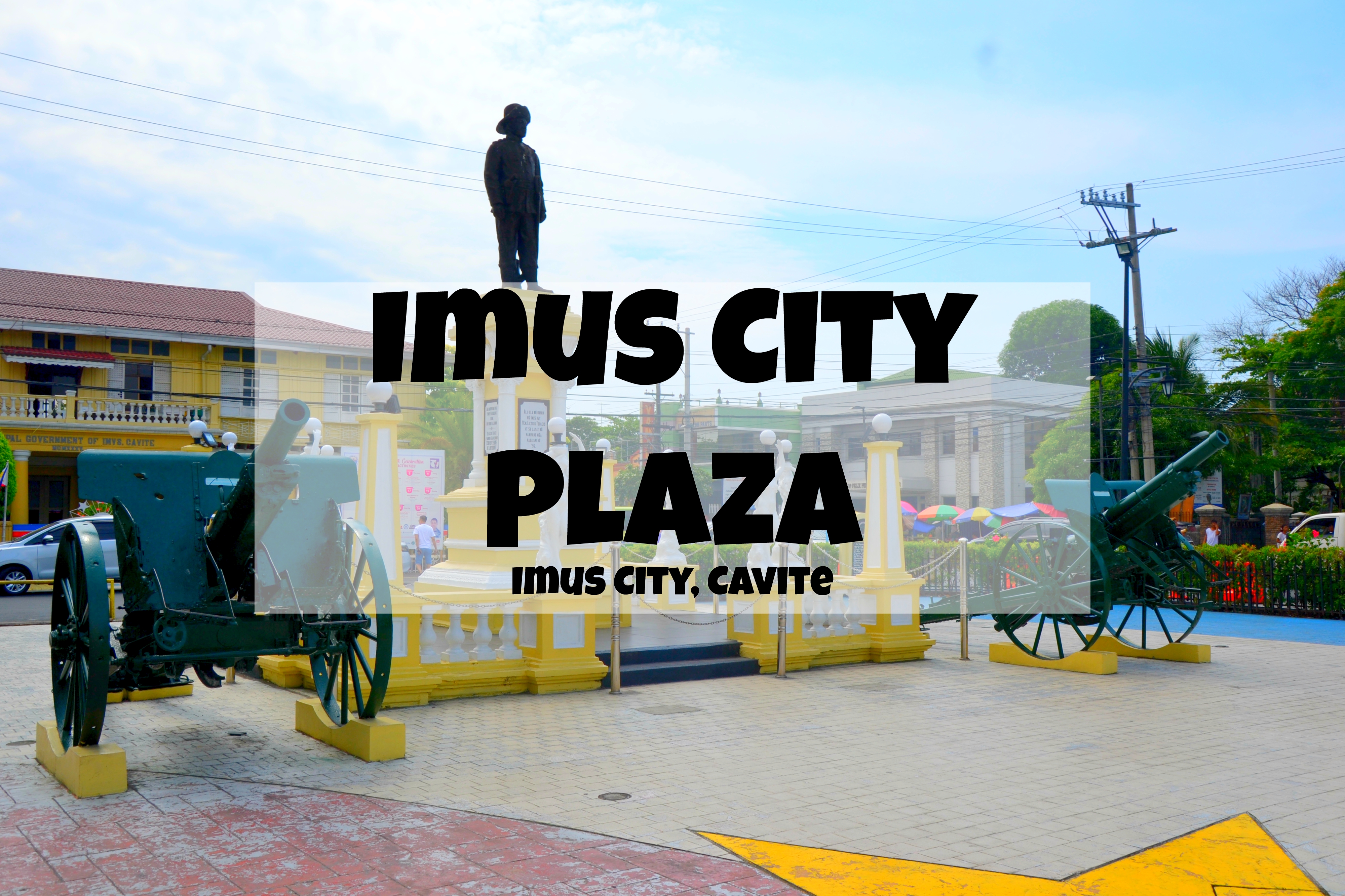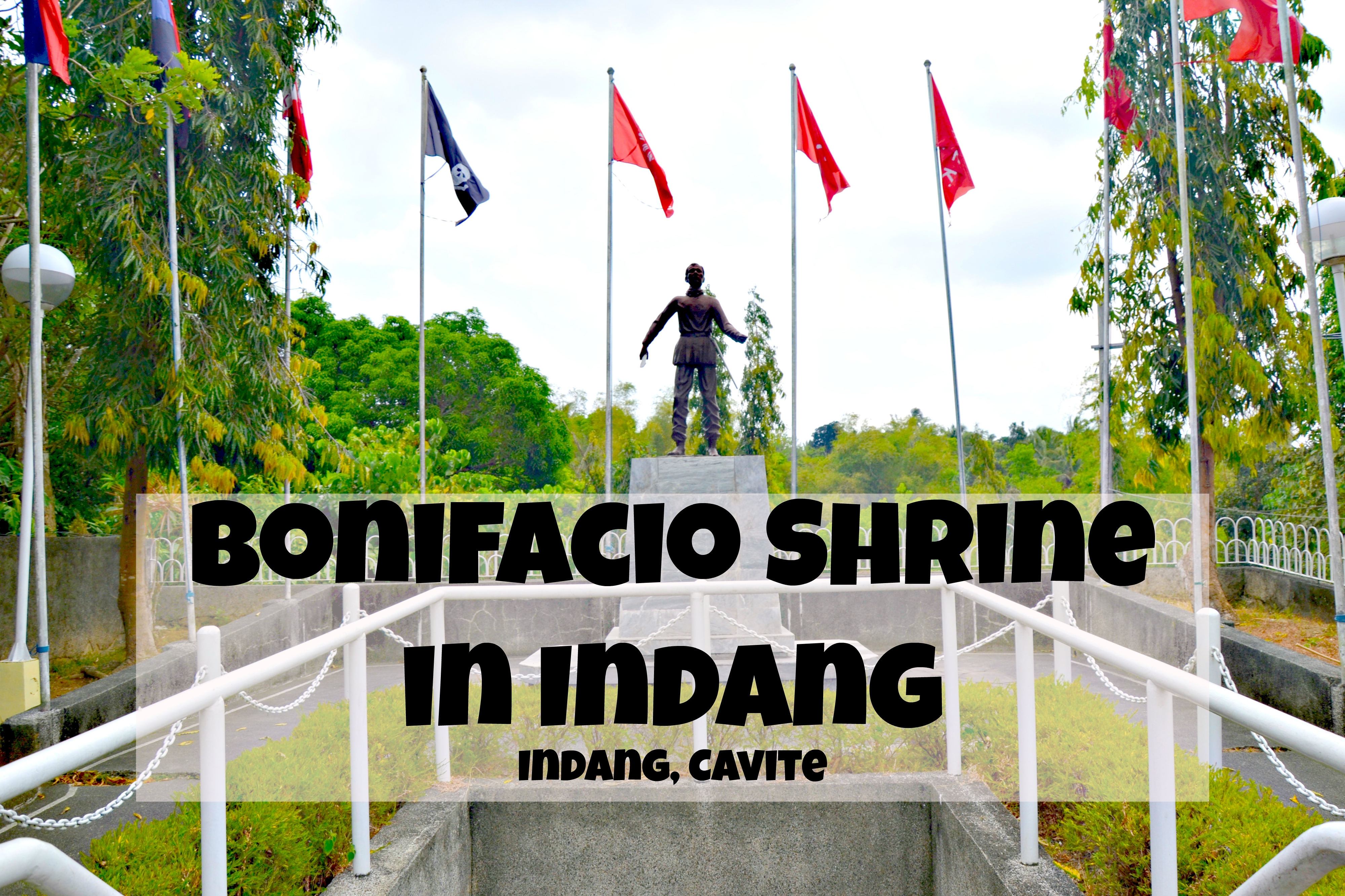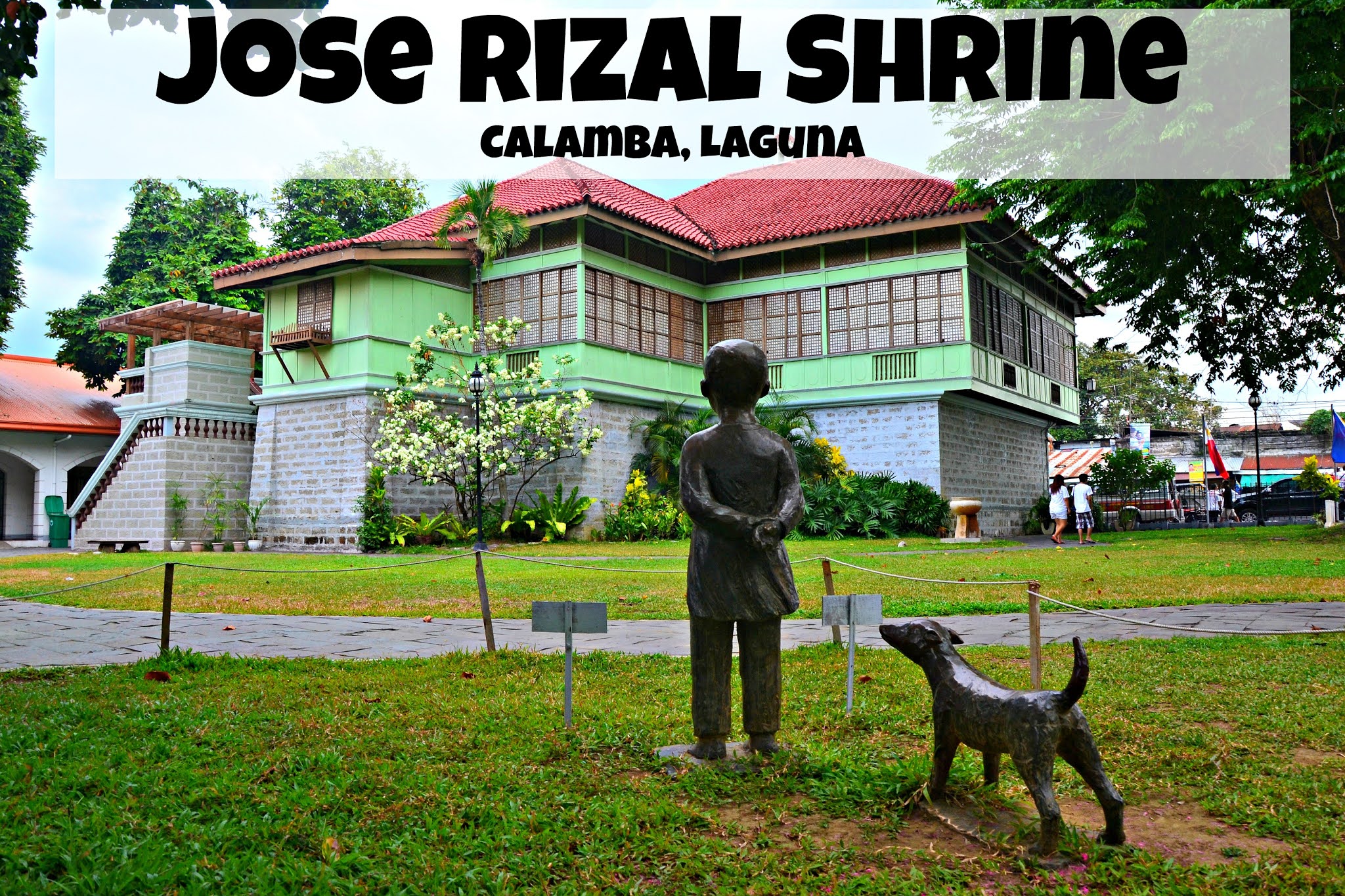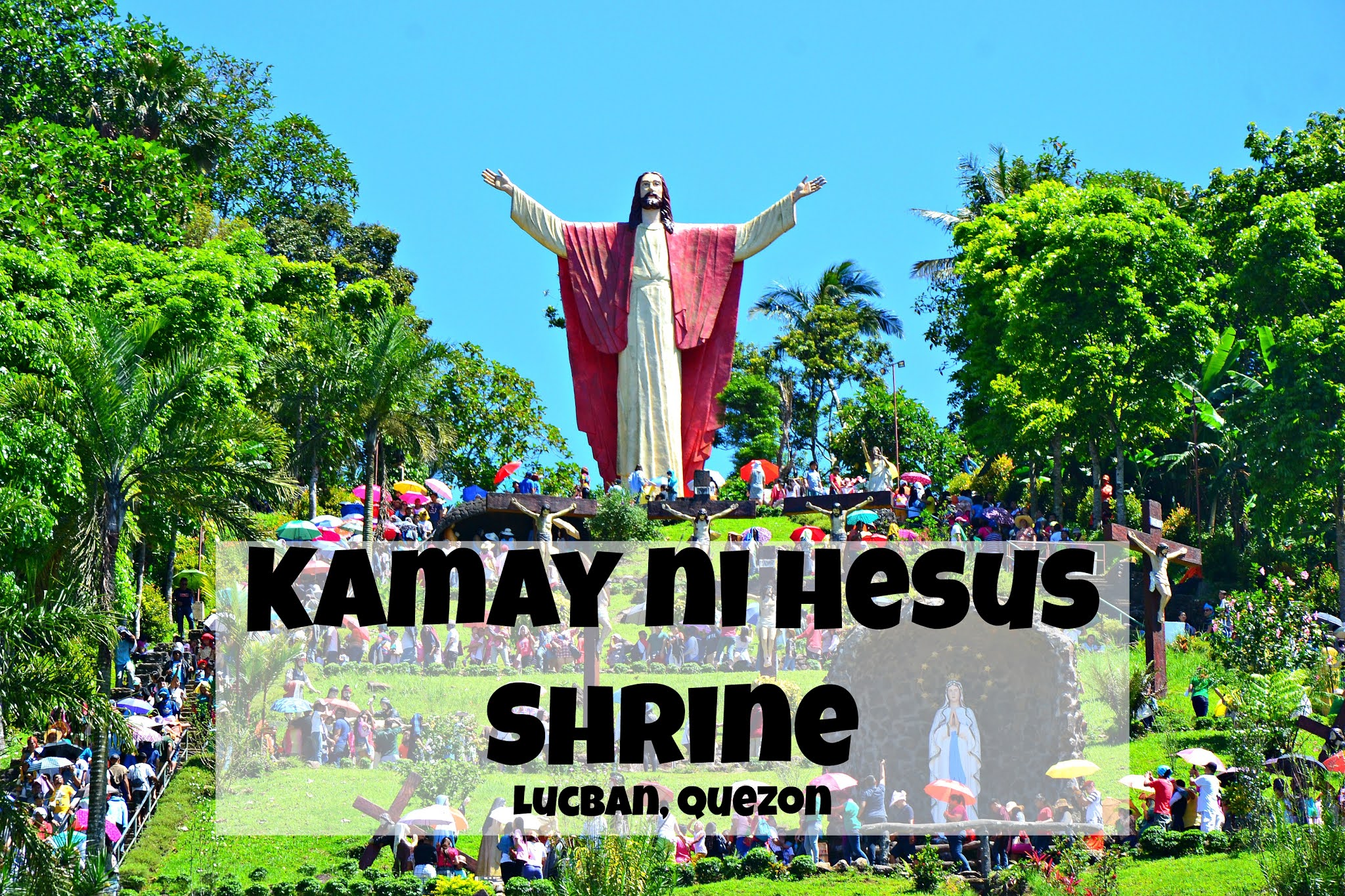Okunoin - Wakayama
Located in Mt. Koya / Koyasan, Ito District in Wakayama Prefecture, Okunoin (奥の院) is regarded as the most sacred site in Mt. Koya.
The Okunoin is also the location of the mausoleum of Kukai which would later be known as Kobo Daishi. He is believed to be in eternal meditation since March 21, 835. His mausoleum is regarded as one of the most sacred places in Japan. Because of this a lot of people wanted to be buried near Kobo Daishi once they die. To date, there are over 200,000 tombstones erected as memorials for people from all walks of life throughout Japanese history.
Despite being regarded as a holy site, Okunoin is also one of the most visited tourist sites in Wakayama Prefecture. Aside from the 200,000 tombstones of different designs, there are also other things or places to be seen on the Okunoin grounds.
Things to See in Okunoin:
 |
| The Gobyo |
 |
| Ichinohashi - No photos beyond this point. |
 |
| The Great Forest of Japanese Cedar |
- Gobyo/ The Mausoleum of Kobo Daishi - This is the most important structure in the Okunoin. Every year hundreds of thousands of people make their pilgrimage to Koyasan to visit this sacred mausoleum. It is located 2 kilometers away from the main entrance.
- Ichi-no-hashi (The first bridge) - This is the main entrance to the Okunoin.
- The Great Forest of Japanese Cedar - Aside from the thousands of gravestones, there are also thousands of towering old cedar trees that give the Okunoin a feel of serenity and antiquity.
- Torodo / Lantern Hall / Hall of Lamps - Constructed in 1023. It is a structure that is covered with thousands of lanterns that have been offerings and donations from individuals over time. There are four significant lanterns that have remained lit for a long time: Kishin-tou donated by priest Kishin, Shirakawa-tou donated by former emperor Shirakawa, Showa-tou donated by a prince, and a prime minister during the Showa era, and Hinnyo-no Ittou offered by a poor woman named Oteru.
Other things of interest in Okunoin:
 |
| Rocket mausoleum |
 |
| Mausoleums of Matsudaira Hideyasu and his mother |
 |
| Mausoleum of Oga Shonin |
 |
| Mizumuko Jizo (Statues of Buddhist deities) |
 |
| Miroku-ishi (Maitreya Stone) |
 |
| Gyosei (Imperial Poetry) |
My family and I got to visit Okunoin during the 23rd day of our 2014-2015 Japan trip.
Okunoin Admission Fee:
It's good to note that you don't need to pay any admission fees to visit Okunoin. You can explore this vast cemetery grounds for FREE.
Okunoin Opening Hours:
Okunoin is open from 6AM - 5:30PM every day.
Why visit Okunoin?
Okunoin is not your typical cemetery. It's Japan's most sacred cemetery. It is the most visited cemetery in Kansai Region. I highly recommend that you visit in winter to see the beautiful black and white contrast of the cemetery.
Getting to Okunoin:
Ride the Nankai Electric Railway from Namba Station in Osaka to Gokurakubashi Station at the base of the mountain. Then ride a cable car going up the mountain. You could also drive up the mountain, however, take note that your tires should be able to run through slippery roads especially in the winter season.
If you are coming straight from Kansai International Airport, you might want to try this out.
Ride the Nankai Line from Kansai-Airport Station to Tengachaya Station. Board down and transfer to the Nankai-Limited Express and board down at Hashimoto Station. Board down again and transfer to the Nankai-Koya Line. Board down at Gokurakubashi Station. Go to Gokurakubashi Station Cable Line and board the Nankai Koyasan Cable to Koyasan Station. From there walk to Koyasan Station bus stop and ride bus #21 to Okunoin Mae bus stop.
Travel time: 3hrs
Fare: 2900 yen
Ratings:
 |
| Crowd |
 |
| Cleanliness |
 |
| Overall rating |














Comments
Post a Comment